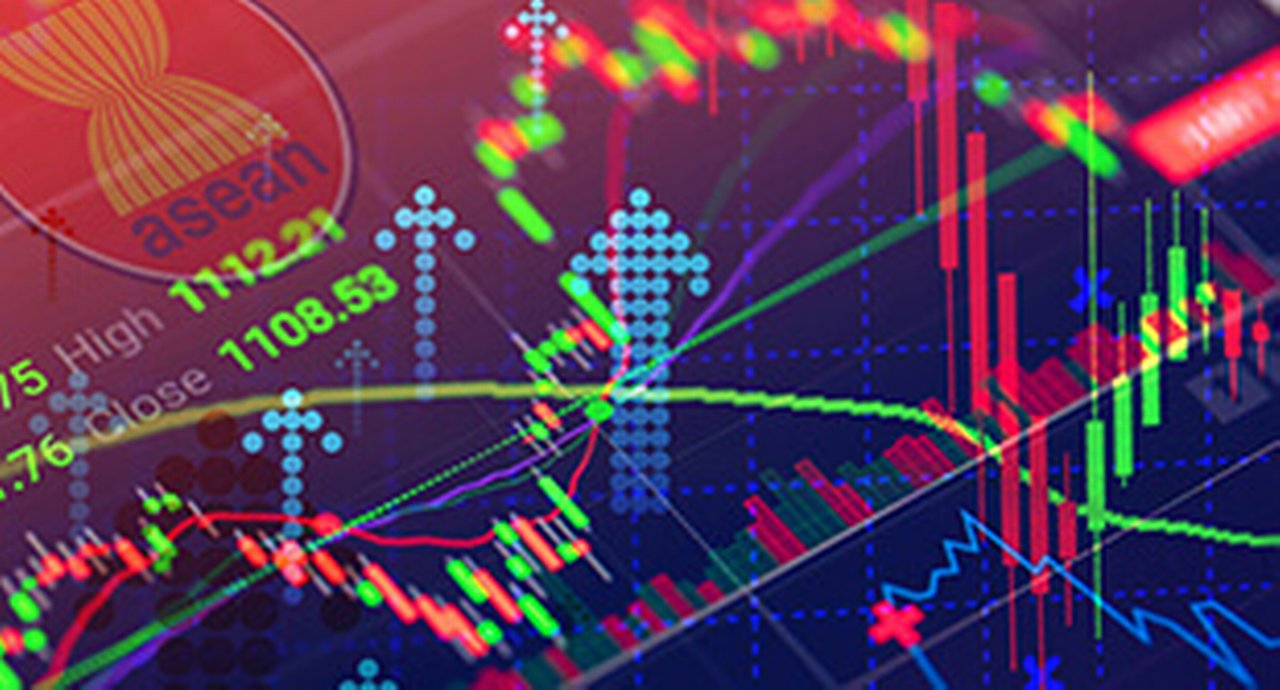05 July 2021
Aladdin Rillo, former Deputy Secretary-General of the ASEAN Economic Community, reflects on his tenure and provides an update on the bloc’s Blueprint 2025 objectives
In my 2019 flow article ‘The Power of 10’, I reflected on four Association of Southeast Asian Nations (ASEAN) megatrends in the context of the ASEAN Economic Community (AEC) Blueprint 2025: digitalisation (including e-commerce); the Fourth Industrial Revolution (4IR); sustainability; and innovation.1 Subsequently, both regional and global economic landscapes have undergone significant change – particularly since the pandemic – so I’d like to share a short progress report.
Consolidated delivery
A resolve to urgently address each trend was reflected in the ASEAN Comprehensive Recovery Framework (ACRF) and Implementation Plan. Adopted in November 2020,2 its five broad strategies focus on the health system, human security, both intra-ASEAN and broader economic integration, inclusive digital transformation, and a sustainable, resilient future.
A consolidated ASEAN strategy on the 4IR is a priority under Brunei’s 2021 ASEAN Chairmanship. It will address ASEAN’s cross-pillar work including cybersecurity and technological governance, the digital economy, and digital transformation in society. ASEAN is also leveraging cooperation regionally to accelerate initiatives towards the UN’s Sustainable Development Goals (SDGs) and promote the region’s sustainable development. At the 2nd ASEAN Forum on SDGs in October 2020, national development planning agencies from member states discussed strengthening cooperation 90towards achieving the goals by 2030.
An ASEAN Innovation Roadmap paves the way for more stakeholder partnerships across the innovation ecosystem and has driven collaboration between research and end-users, with more active participation from start-ups and the private sector, to assist the transfer of technologies from research to commercialisation.
Global ASEAN through FTAs/CEPAs
The Blueprint 2025 identified a ‘global ASEAN’ as a key component of the AEC. It’s being pursued through various free trade and comprehensive economic partnership agreements (FTAs/CEPAs). From what academics described as “trade-light”, ASEAN’s latest FTA – the Regional Comprehensive Economic Partnership (RCEP) agreement, signed November 2020 – is more modern and comprehensive; incorporating elements absent from ASEAN’s earlier FTAs/CEPAs or – at
least, in depth and breadth – the AEC Blueprint 2025.
"ASEAN must also accelerate broader regional economic integration following the RCEP signing"
The RCEP agreement enabled ASEAN to complete negotiations for a mega-trade deal that promises to create the world’s biggest FTA. It also extended to issues yet to gain traction at the multilateral level, including e-commerce, investment, and competition policy. Extending these talks to Europe is being pursued through the potential revival of ASEAN-EU FTA negotiations, while ASEAN and Canadian officials are considering possible FTA talks.
Digital initiatives
Progress on the Digital Integration Framework 2019−2025 includes launching the ASEAN Customs Transit System in 2020, an online system linking custom offices on transit routes of participating ASEAN member states; adoption of the ASEAN Framework on Digital Data Governance; an MoU by most ASEAN member states permitting information sharing to combat cybersecurity threats; and developing seamless transactions through an ASEAN Payments Policy Framework.
Accelerating inclusive digital transformation was identified as a major ACRF strategy, anticipating digitalisation’s key role in ASEAN’s post-pandemic recovery. It involves using the digital economy to maintain supply chain connectivity and resilience – including greater use of digital platforms for trade facilitation, such as the ASEAN Single Window and ASEAN Customs Transit System, and advancing efforts in data governance, information and communications technology infrastructure, and promoting e-commerce.
Financing sustainability
Some AEC sectors have considered different aspects of sustainability in financing, energy and agriculture. We can expect conversations around sustainability to gain momentum and become more holistic and coordinated. For example, discussions on sustainable investment will need to link to those on sustainable financing and also potential sectors of interest such as energy, infrastructure, transportation and agriculture. Regionally, ASEAN central banks are finalising Sustainable Banking Principles to provide a common policy framework and develop further guidelines and tools.
Economic integration ASEAN is conducting a mid-term review of the AEC Blueprint 2025. While intra-ASEAN trade and investment is progressing, trade and investment facilitation efforts need redoubling. ASEAN must also accelerate broader regional economic integration following the RCEP signing, and consider megatrends affecting this, notably digitalisation and sustainability. Finally, we anticipate more cross-pillar conversations between the AEC and the ASEAN Socio-Cultural Community for greater synergy and effectiveness.
Dr Aladdin Rillo served as Deputy Secretary-General of the ASEAN Economic Community from March 2018 to March 2021
You might be interested in
Macro and markets, Trade finance and lending {icon-book}
Heirs of Lac Long Quan Heirs of Lac Long Quan
Dossier ASEAN
Power of 10 Power of 10
As Thailand takes its turn to chair of the Association of Southeast Asian Nations (ASEAN) for 2019 nine years on from its previous incumbency − and more than five decades after its original founding in Bangkok − Deputy Secretary General Aladdin Rillo talks to flow about how ASEAN is making the fourth industrial revolution part of its roadmap to economic integration
MACRO AND MARKETS {icon-book}
On the bright side On the bright side
Caught in the slipstream, or powering ahead? Dr Rebecca Harding examines ASEAN’s trade momentum in the context of wider geopolitical disruption



